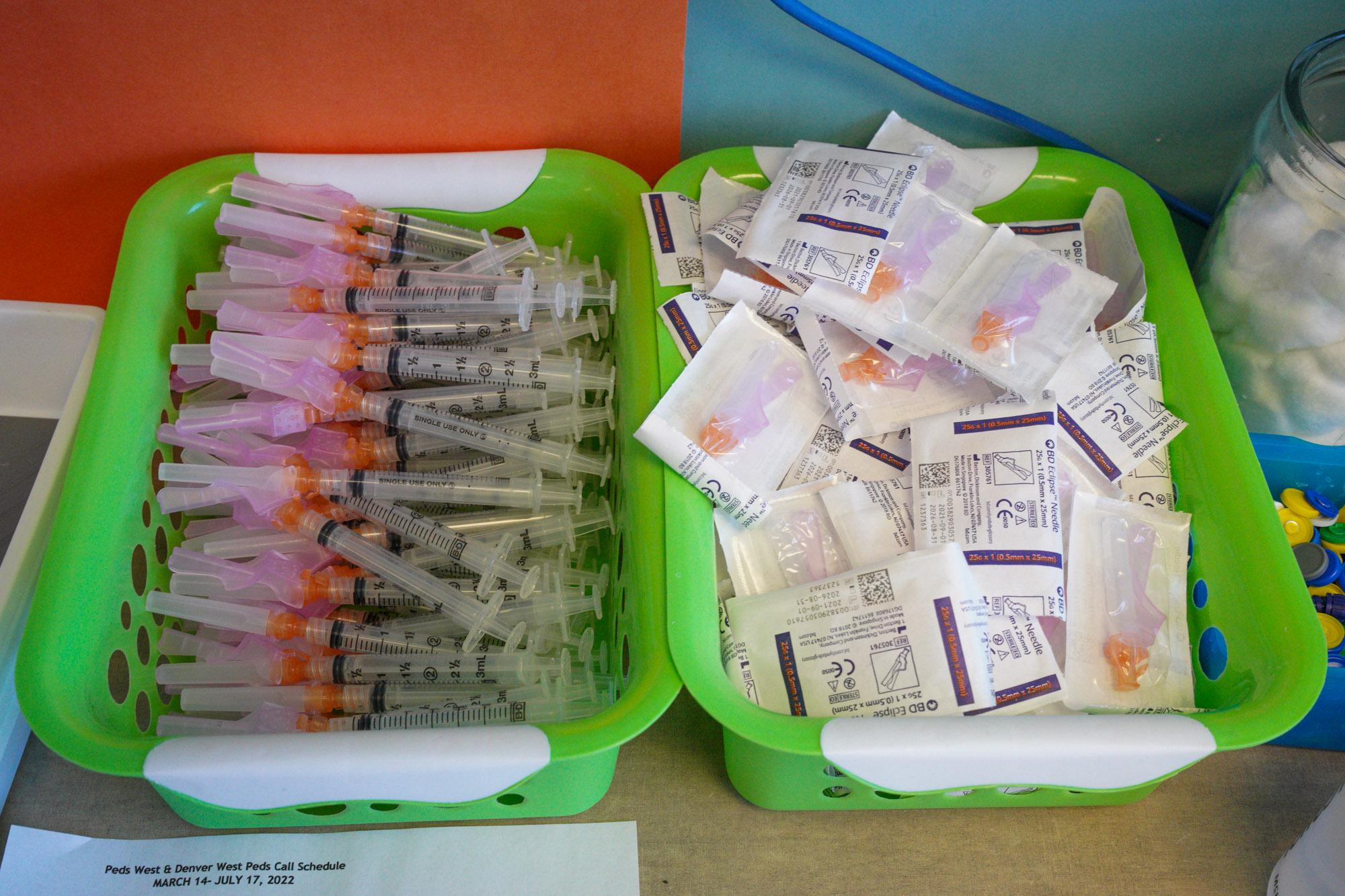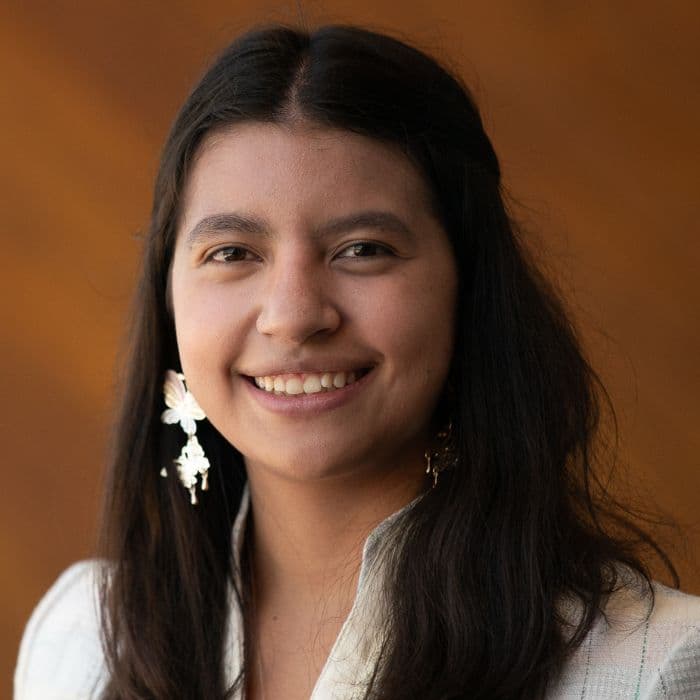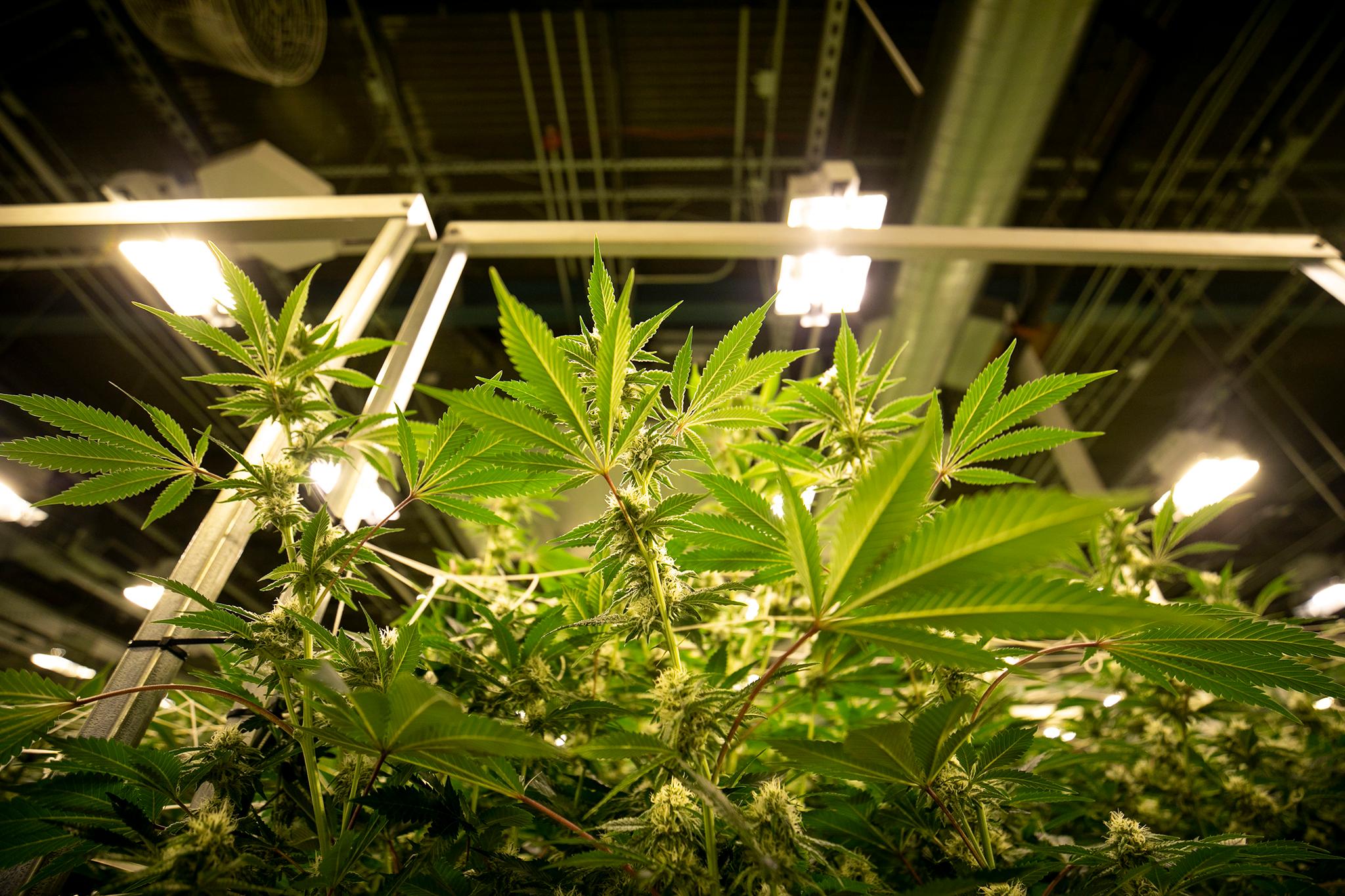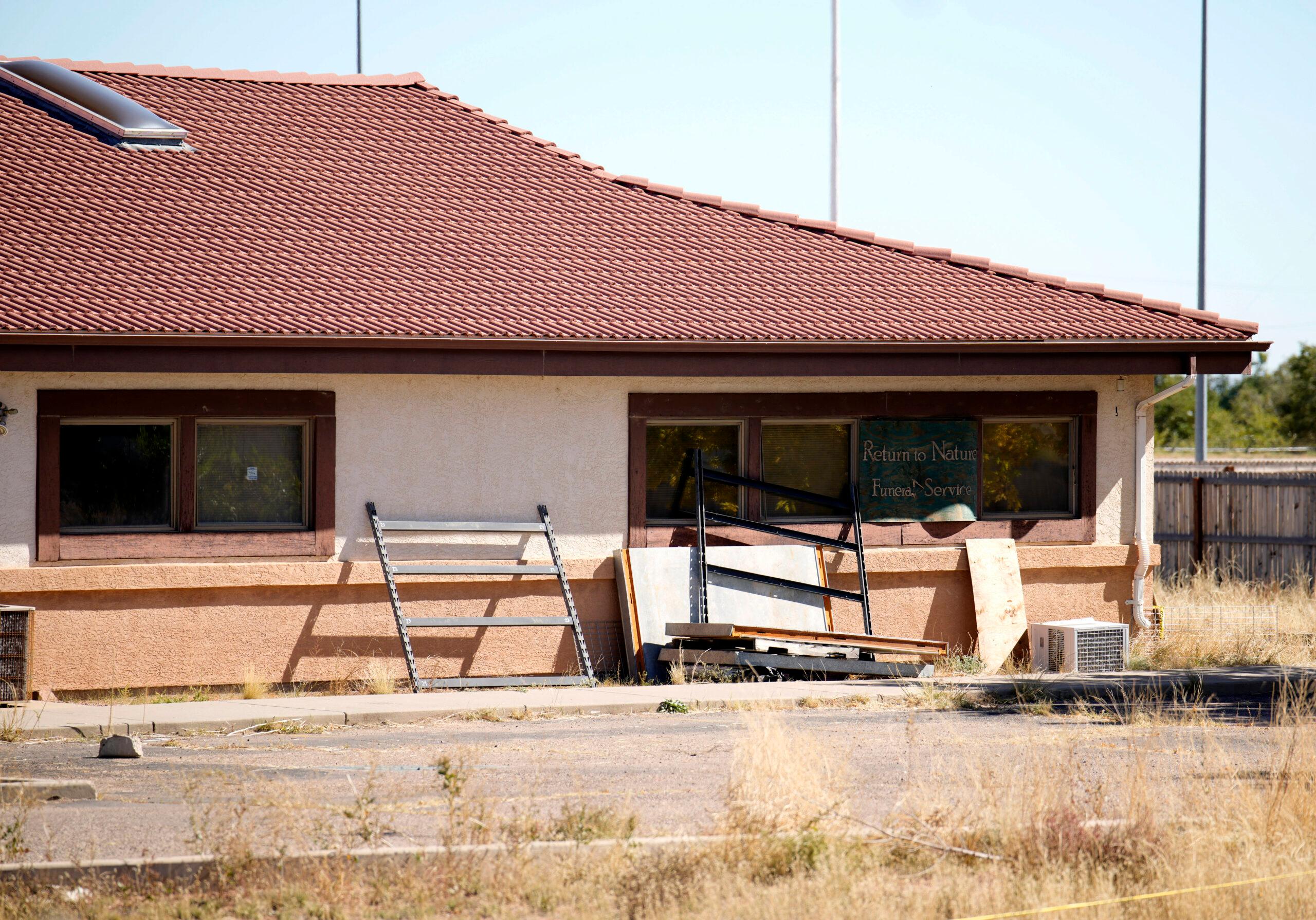
As part of our ongoing series on climate change in Colorado, we’ve been asking for your stories about shifts you've seen in the state. You delivered with more than 90 responses.
Here are some highlights:
Frances Rossi, Denver:
I also suffer from excessive heat, which, I am told, has increased over the years. I saw that increase living over on the Western Slope, where summer after summer saw hotter temperatures. Here in Denver, I expect the heat, but it is not easy to live with, and I'm not sure I can weather it year after year.
Bill Horger, near Conifer:
Grey squirrels were non-existent at 7,500 ft 20 years ago. About 10 years ago, we started seeing them, pushing out the native Abert's squirrels. Greys are aggressive! We are also seeing more rabbits than before, and the garter snakes would appear to be more prevalent (and bigger) than in the past. Hummingbirds would appear to be less prevalent than in years past.
Kevin Adams, Boulder:
If long-term droughts in California continue, the lower Colorado River basin has priority over the upper river basin. This means that water is more likely to go to farming in the Imperial Valley than for other uses in Colorado. A problem only to get worse as population in the Front Range continues to rise.
We also heard from State Sen. Kevin Lundberg, a ranking Republican who thinks climate concerns are overblown. Listen to his discussion with Colorado State University professor Scott Denning, of the school's Department of Atmospheric Science, here.
Reporters Grace Hood and Nathaniel Minor joined Colorado Matters host Ryan Warner to talk about the project.








